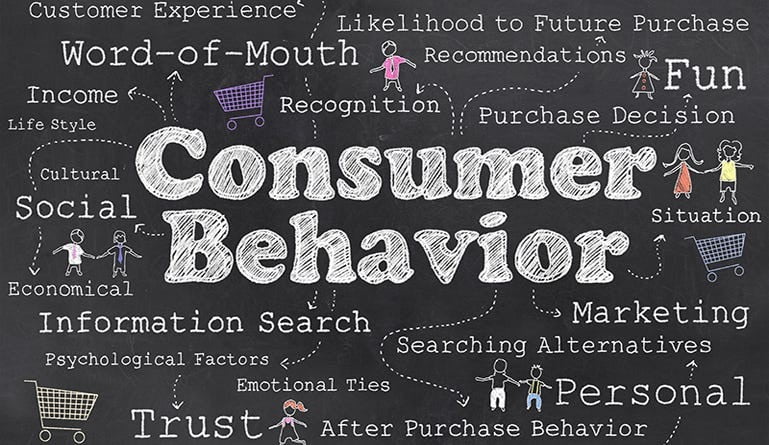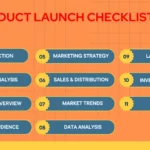Understanding consumer behavior Product marketing alliance is the holy grail of marketing. It’s the difference between a product gathering dust on shelves and flying off them. By unlocking the secrets of what makes people tick, marketers can craft campaigns that resonate, build brand loyalty, and drive sales.
Understanding the Buying Journey Product Marketing Alliance
Before diving into specific tactics, let’s step back and examine the consumer buying journey. This framework outlines the various stages consumers go through when making a purchase decision:
- Awareness: This is where the consumer first becomes aware of a product or brand. It could be through advertising, social media, word-of-mouth, or simply seeing the product on a store shelf.
- Consideration: Once aware, the consumer starts to consider the product as a potential option. They might research different brands, compare prices, and read reviews.
- Decision: At this stage, the consumer weighs their options and makes a final decision about whether or not to purchase the product.
- Purchase: This is the moment of truth, when the consumer hands over their hard-earned cash.
- Post-purchase: After using the product, the consumer forms an opinion about it. They might share their experience with others, write a review, or repurchase the product.
Understanding each stage of the buying journey is crucial for developing targeted Product marketing alliance marketing campaigns. For example, awareness campaigns focus on grabbing attention and building brand recognition, while consideration campaigns aim to educate and inform potential customers.
Key Factors Influencing Consumer Behavior
Several factors influence consumer behavior, and understanding them can help you tailor your Product marketing alliance marketing messages more effectively:
- Demographics: Age, gender, income, and education level can all play a role in what products consumers buy and how they make purchasing decisions.
- Psychographics: This refers to a person’s personality, values, interests, and lifestyle. Understanding your target audience’s psychographics can help you create marketing messages that resonate with them on a deeper level.
- Social factors: Friends, family, and social media can all influence consumer behavior. People are often more likely to buy a product if they see it recommended by someone they trust.
- Cultural factors: Culture plays a significant role in shaping consumer values and preferences. For example, the way people celebrate holidays or perceive certain colors can vary greatly across cultures.
- Situational factors: The situation in which a purchase decision is made can also influence behavior. For example, someone might be more likely to buy a luxury item if they are celebrating a special occasion.
Using Insights to Inform Your Product Marketing Strategy
Now that we’ve explored some of the key factors influencing consumer behavior, let’s see how you can use these insights to inform your Product marketing alliance marketing strategy:
- Develop buyer personas: Create detailed profiles of your ideal customers, including their demographics, psychographics, and pain points. This will help you tailor your marketing messages to their specific needs and wants.
- Focus on storytelling: People are more likely to remember and connect with stories than with dry facts and figures. Use storytelling to weave your brand narrative into your marketing campaigns.
- Leverage social proof: Consumers are more likely to trust recommendations from other people than from brands themselves. Use testimonials, reviews, and influencer marketing to build social proof for your products.
- Create a seamless omnichannel experience: Consumers expect a consistent brand experience across all channels, whether they’re shopping online, in-store, or on social media. Make sure your marketing efforts are integrated and synchronized across all touchpoints.
- Personalize your marketing: The days of one-size-fits-all marketing are over. Use data and technology to personalize your marketing messages to individual customers.
- Embrace authenticity: Consumers are increasingly skeptical of advertising that feels fake or inauthentic. Be transparent and genuine in your marketing communications.
By understanding consumer behavior and applying these insights to your Product marketing alliance strategy, you can create campaigns that resonate with your target audience, build brand loyalty, and drive sales. Remember, the key is to focus on delivering value and building relationships with your customers.
In conclusion, understanding consumer behavior is an ongoing process. By staying up-to-date on the latest trends and using data to track your results, you can continuously refine your Product marketing alliance approach and ensure that your product resonates with your target audience.







